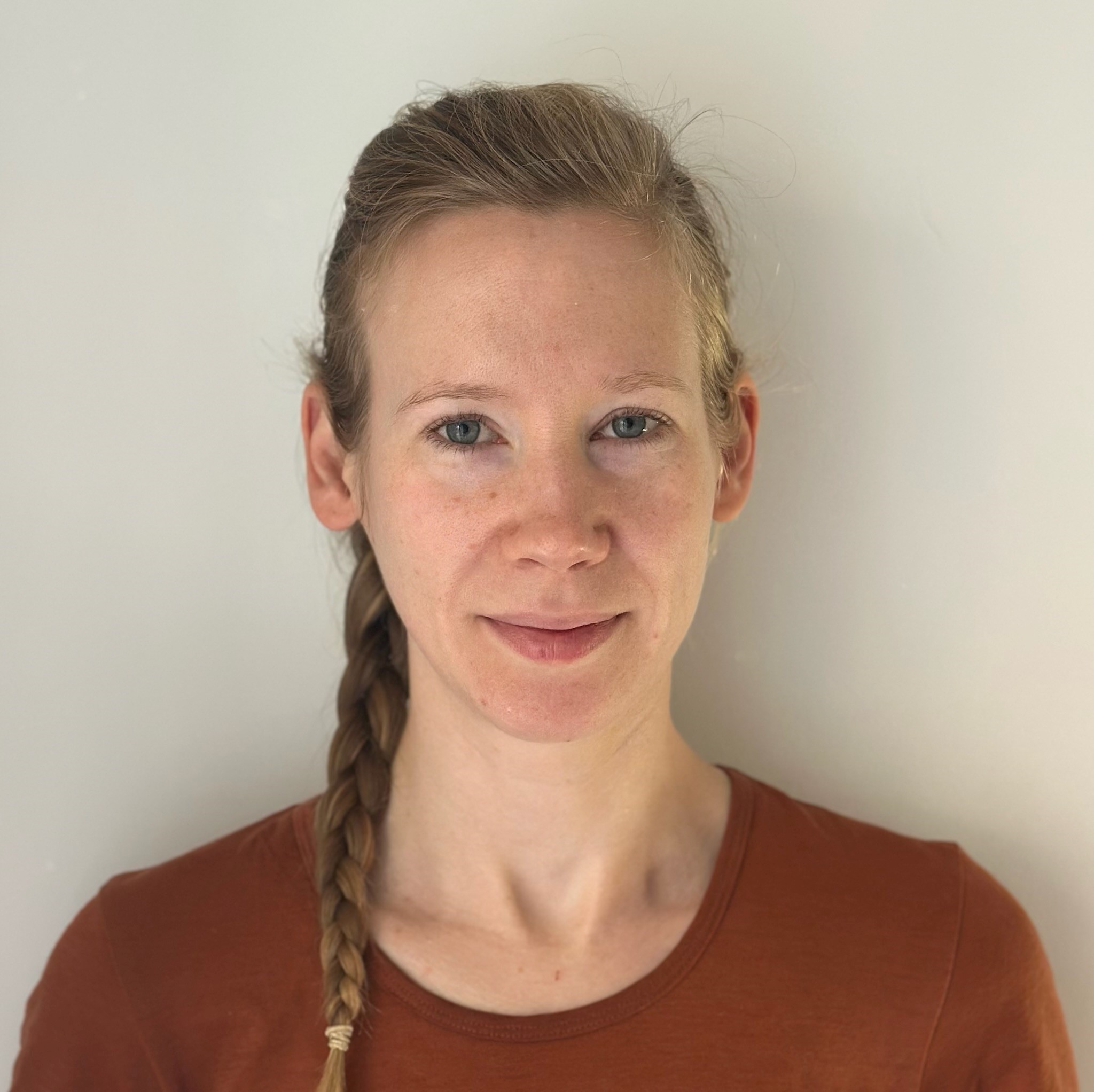What we do
About our project
Rationale of the problem
Unlike other bones in the human body, a fracture of the scaphoid bone in the wrist is not always visible on X-rays taken immediately after the injury. Only after two weeks post-trauma can more clarity be obtained. All patients with a clinical suspicion of a scaphoid fracture are initially immobilized with a forearm cast, despite the absence of a visible fracture on X-rays. This is because untreated fractures, due to the poor blood supply in the scaphoid, are at risk of not healing (non-union), potentially resulting in progressive wrist osteoarthritis. However, since only 10% of these patients actually have a fracture, many are unnecessarily treated with a forearm cast.
Results of recent study
In a recent study conducted by our group (SUSPECT study / ZonMw Efficiency; 843002802), we investigated whether a pressure bandage is as effective and safe as a forearm cast in patients with a clinical suspicion of a scaphoid fracture but no abnormalities on X-rays. Of the 180 patients included across 10 participating centers, 9% (n = 18) were ultimately diagnosed with a scaphoid fracture that only became visible later. The pressure bandage showed comparable results to the forearm cast in terms of wrist function recovery. The difference in the primary outcome measure — a patient-reported outcome questionnaire — was 0.3 (95% confidence interval -0.05 to 0.62 on a 0–100 scale). Furthermore, the pressure bandage was found to be safe (no non-unions), with similar recovery in terms of pain and quality of life. Due to lower medical costs (€48 per patient) and reduced loss in productivity or work absenteeism (€470 per patient), the pressure bandage proved to be cost-effective compared to cast immobilization. Given the annual incidence in the Netherlands of 15,060 cases with only clinical suspicion of a scaphoid fracture, this translates to an annual savings of €722,880 in medical costs and €7,078,200 in societal costs.
In conclusion, patients with a clinical suspicion of a scaphoid fracture and no radiographic abnormalities can be safely and effectively treated with a pressure bandage instead of a forearm cast.
Intervention to be implemented
A patient with a clinically suspected scaphoid fracture and no abnormalities on imaging will initially be treated with a pressure bandage. If it turns out after two weeks that the scaphoid is indeed fractured, a cast treatment can then be initiated without added risk.
Our research focus
Project objective
To implement the use of a pressure bandage as the initial treatment for patients with a clinically suspected scaphoid fracture in emergency departments across all Dutch hospitals. If after two weeks it appears that the scaphoid is indeed fractured, a cast can still be applied. The goal is to embed this knowledge into routine clinical practice.
Implementation plan
Our implementation plan has been developed under the supervision of an implementation expert (Dr. E. Ista) and is based on the implementation model of Grol & Wensing . The plan includes the following objectives:
- Identify current practices regarding clinical suspicion of scaphoid fractures in the participating hospitals;
- Identify determinants (barriers and facilitators) for the implementation of pressure bandage use in clinically suspected scaphoid fractures;
- Develop and execute an implementation strategy based on identified barriers and facilitators;
- Evaluate the implementation of the guideline recommendation regarding the treatment of clinically suspected scaphoid fractures and the implementation strategy in 10 hospitals;
Adjust implementation strategies for sustainability and scaling-up.
Funds & Grants
ZonMw 10390172310005
Collaborations
Department of Orthopedics and Sports Medicine, Erasmus MC, Rotterdam
- Albert Schweitzer Ziekenhuis, Dordre
- Alrijne Ziekenhuis, Leiden
- Antonius Ziekenhuis, Nieuwegein
- Franciscus Ziekenhuis, Rotterdam
- Haaglanden Medisch Centrum, Den Haag
- HAGA Ziekenhuis, Den Haag
- IJsselland Ziekenhuis, Capelle aan den IJssel
- Maasstad Ziekenhuis, Rotterdam
- Maastricht Universiteit Medisch Centrum, Maastricht
- Reinier de Graaf Gasthuis, Delft
Publications
Can we avoid casting for suspected scaphoid fractures? A multicenter randomized controlled trial. Cohen A, Reijman M, Kraan GA, Baart SJ, Verhaar JAN, Colaris JW; SUSPECT study group. J Orthop Traumatol. 2025 Mar 5;26(1):14.
Clinically SUspected ScaPhoid fracturE: treatment with supportive bandage or CasT? 'Study protocol of a multicenter randomized controlled trial' (SUSPECT study). Cohen A, Reijman M, Kraan GA, Mathijssen NMC, Koopmanschap MA, Verhaar JAN, Mol S, Colaris JW; SUSPECT study group. BMJ Open. 2020 Sep 29;10(9):e036998.
Our team
Principal Investigators
-

M. (Max) Reijman, PhD
Associate professor
-

J. W. (Joost) Colaris, MD PhD
Orthopaedic surgeon, Associate professor
-

Dr. W.G. (Erwin) Ista, PhD
Associate professor

